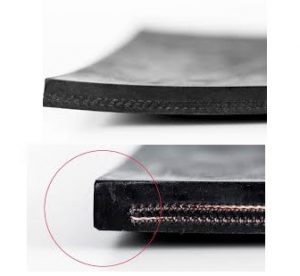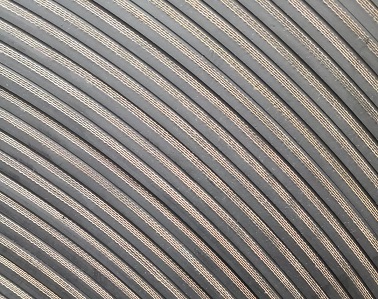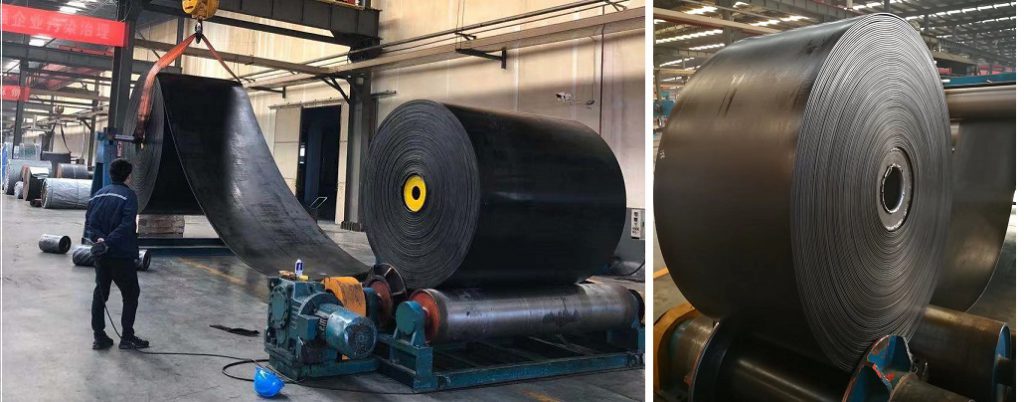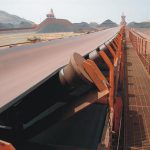How to select the edge type of ep conveyor belt, cut edge or mould edge?
There are two edge types of ep conveyor belt: “molded edge” and “cut edge”, in general, most customers are more inclined to choose the molded edge conveyor, because the molded edge conveyor belt can protect the carcass of a fabric belt from a harsh environment that may damage the carcass, and molded edge conveyor belts have better joint-life durability compared to cut edge belts joints.

For the mining conveyor belt, steep angle conveyors must maintain strict alignment as failure to do so will result in damage of the side edge, at the deflection wheels and at the cantilevered rolls. It is there use of the undesirable confrontational edge rolls that lead them to specify a molded edge belt to attempts to mitigate the damage of this confrontation.
Regarding to the cut edge conveyor belt, it may allow moisture or other contaminants to enter the tensile (fabric) through the exposed edge, it also can cause camber (cupping) to occur in the belt after tensioning – this can also make it harder to train the belt, so unless you are sure that the belt has not been slit you would be better off with a molded edge belt.
But why do customers still need cutting edge conveyors? That is because the cut edge EP conveyor belts are selected for money savings. It is cheaper to make a wider belt and then cut it into smaller sections and not worry about sealing the edges. This also allows a distributor to carry fewer belt sections/specifications and then cut to suit.







Tags: EP conveyor belt,mining conveyor belt,mould edge cut edge belt













